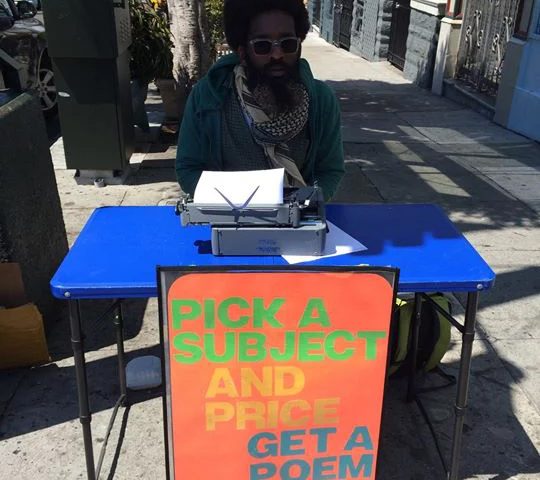What is Experiential Travel?

West African Restaurant in Lexington, Kentucky
January 5, 2015
Streit’s Matzoh Leaving Lower East Side
January 24, 2015
The encyclopedia defines experiential travel as “an approach to travelling which focuses on experiencing a country, city or particular place by connecting to its history, people and culture.”
I think of it as a way to connect to a place rather than simply visiting it. It’s about learning first-hand an area’s history, cuisine, music, theater, religious practices, artistry and much more. It’s about finding what’s unique about a place and celebrating it. It’s a holistic travel experience. The experiential traveler seeks to more profoundly understand a destination’s culture, people and history.
Experiential traveling is more than just “seeing the sights.” It’s about connecting to the destination in authentic and unexpected ways. It’s about striving to find the distinctive aspects of the local culture.
When I travel, I usually start with the question, “What is special about a destination?” and “How can I find activities, people or other events to learn more?” I typically ask locals, especially old-timers, for suggestions. I also peruse guidebooks like Lonely Planet and Moon Guidebooks. Even in the digital age, I prefer the intimacy of a printed guidebook. The web is also a rich place of information. I view user reviews on sites like Trip Advisor and seek travel advice on local forums.
Sometimes, being spontaneous is the best way to experience a place. I suggest planning out times to see key points of interest but leaving time in the schedule for serendipity. Some of the most memorable moments will come from those unplanned encounters.
I was recently in San Francisco in the once hip Haight-Ashbury district. I strolled the streets thinking of its famous late 1960s days. In the middle of the sidewalk was a man with an old fashioned typewriter. A sign on his table read “Will write poems.”
I’ll admit I was a little surprised to find someone sitting in the middle of the sidewalk writing improvised poetry. I handed over some cash and commissioned a poem about the neighborhood. He ruminated for a minute. Then he began typing away.
Minutes later, I read the newly minted poem. Here’s an excerpt:
The children danced.
All high they did go.
But lost their lives to 9 to 5s and now they can’t let go.
So their blood and kin do come again.
But all the children only watch.
Exploring the neighborhood further, I met a man selling Nepalese crafts and jewelry. As I had visited Nepal earlier that year, we exchanged observations on the developing South Asian nation. A native of Nepal, he explained the inner workings of Nepal. He told me the “true story” of why the monarchy ended and how the country was in political transition. I noted the irony that I would learn more about Nepal while on a trip to San Francisco.
In writing “Jewish New York: A History and Guide to Neighborhoods, Synagogues & Eateries,” I tried to inspire readers to experience the Jewish angle of New York. This may mean strolling down Orchard Street in the Lower East Side and finding clues in the architecture that echo the neighborhood’s storied past. Or telling the unlikely story of how the Tenement Museum began. Or encouraging the reader to find the best pastrami at the famed Pastrami Queen or various flavored lox at Russ & Daughters.
In this blog, I will write about experiential travel from all over the globe. I invite you to comment and share your experiences. I will touch on both Jewish New York, the subject of the book, as well as global and domestic travel.
See you on the road!




